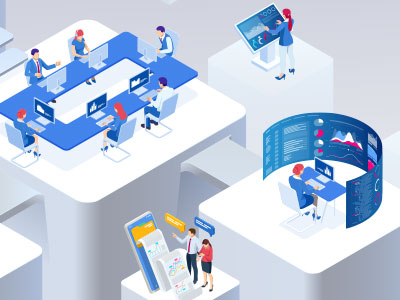Modernization isn’t about chasing shiny objects; it’s about staying relevant. The bigger challenge? Finding tech that bends to your business, not the other way around. Too often, companies are forced into one-size-fits-all platforms. They don’t align with scale, aren’t industry-specific and can’t flex to the varied needs of a modern customer base. This is where flexibility and customization become the key to future-proofing operations.
Across industries, from financial services to legal firms and utilities, legacy systems are producing a bottleneck, limiting flexibility, increasing compliance risks and failing to meet the expectations of today’s digital-first consumers. Look at customer communications. Too many platforms still bet on letters and robocalls — two of the most expensive, least effective options. Today’s consumers expect communication on their terms, such as text, email and mobile portals.
But these newer channels also introduce compliance risks that many legacy systems weren’t built to handle. Without proper controls and an auditable trail, even well-intentioned outreach can introduce significant legal exposure. Outdated platforms often lack the flexibility or safeguards needed to support compliant, modern communication at scale.
The Modernization Dilemma
Leaders in legal, financial services and utilities all bring up the same concerns:
Understanding: A lot of legacy leaders are stuck in what they know and fear either the unknown (new tech) or moving away from what has made them successful in past years.
Fear of disruption: “We know we need to upgrade, but the transition seems overwhelming.”
Cost concerns: “Our legacy system is expensive, but switching seems just as costly, not only in terms of price tag but also time allocation.”
Uncertainty about alternative solutions: “We’re worried a new system won’t fit our exact needs.”
These concerns are valid, but they’re also dangerous. You don’t have to leap. But you do have to move. Wait too long, and you won’t be choosing modernization. You’ll be reacting to a crisis. Meanwhile, your competitors are already using automation and real-time data to streamline workflows, reduce risk and connect with customers at scale.
Wait too long, and you won’t be choosing modernization. You’ll be reacting to a crisis.





